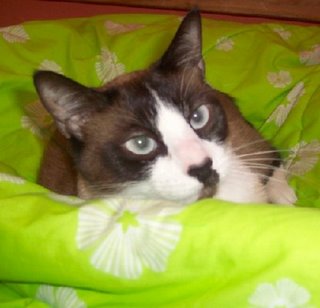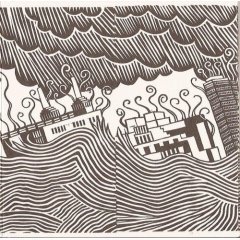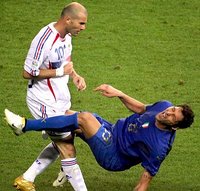
This year marked the twentieth anniversary of one of the all-time great Jayhawk teams, so I thought a commemoration would be appropriate during this slow news period.
The '86 Jayhawks have been overshadowed in the history books by the '88 championship team, but while '88 was a Cinderella story, '86 was a juggernaut. They were short on future NBAers compared to Roy's greatest teams, but there's no disputing that they rank among the best KU teams of all time, along with '52, '57, '97, and '02.
They went 35-4, winning more games than any other team in KU history, and they were the only KU team in the modern era to win the conference regular season and conference tourney and make the Final 4. They shot 56% for the season while holding opponents to 45%. See full stats here.
They spent most of the season ranked second behind Duke, to whom they lost, 71-67, in the national semifinal in Dallas. Duke lost in the final to Louisville, whom Kansas had already beaten twice during the season.
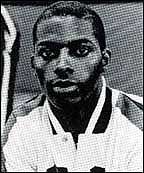
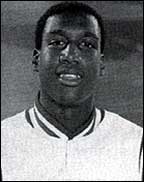
The star was sophomore Danny Manning, but the core of the team was made up of three seniors: Ron Kellogg (left), who shot mainly from the outside yet made 55% of his shots (LJW's Woodling speculates he would have scored a lot more points had he been born just a bit later--the 3-point line was introduced in '87); Calvin Thompson (right), a great shooter, slasher and dunker; and Greg Dreiling, a solid if unspectacular 7-foot center, ironically the only one of the three seniors to have any kind of NBA career.

The other starter was junior point guard Cedric Hunter, who was the all-time KU assist leader until Jacque Vaughn came along; he's now third all-time, but his 278 assists in '86 remains the KU single-season record.

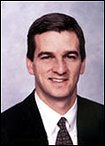
Bench players of note included Chris Piper (left), who would be integral in '88 and who just this week was named as Max's successor on KU hoops broadcasts; Mark Turgeon (right), the backup point man who is now the extremely successful coach of Wichita State; Scooter Barry, son of NBA legend Rick and brother of current players Brent and Jon; and Archie Marshall (below right), a hugely talented sophomore forward who was badly injured in the Duke semifinal (which players afterward described as a "blood-on-the-floor type of game") and never fully recovered: two years later he would have to watch his team's championship run from the bench. Marshall was drafted that year in the 3rd round by the San Antonio Spurs, but it was only a sentimental pick--the Spurs' new coach was Larry Brown.

Which of course brings us to the coaching staff. Brown, despite the Knicks debacle, will go down as one of the five or ten greatest coaches in basketball history. The staff also included graduate assistants Bill Self (one day, all of this would be his ...); and R.C. Buford, who would follow Brown to San Antonio, where he is now general manager and is considered perhaps the best exec in the NBA. (Other notable assistants in the Brown era included John Calipari and Gregg Popovich, but they do not appear to have been present in '86).
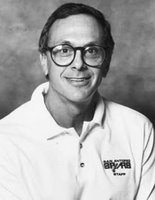

The spirit of full disclosure requires that we mention the one black mark on the '86 season: the NCAA regional semifinal against Michigan State. In this game the underdog Spartans, led by an ill-tempered point guard named Scott Skiles, led Kansas by six with only about 2 minutes left in the game, when suddenly the clock mysteriously stopped for a full fifteen seconds of play, and the timekeepers never reset it. The extra time and MSU's resulting frustration allowed KU to claw back and win in OT. Oh, and did I mention the game took place at Kemper Arena? At the Final Four, someone, probably a Cameron Crazy, spraypainted "Don't let Kansas bring their clock!" on an overpass outside Reunion Arena, where the graffiti remained for years afterward.
Nonetheless, I have a special place in my heart for this team, because it was the first year I started following KU basketball--so it's an anniversary of sorts for myself as well. Also, we were living in Dallas then, and though we could not score Final 4 tickets, we did get in to Reunion to watch the public practices. Ahh, the lost days of youth!
PS. Documentation and photos of this team are scarce on the web, as you can tell from the rather ad hoc nature of this tribute. If anyone can point me in the direction of more photos or info. I'd love to add it to this post.
